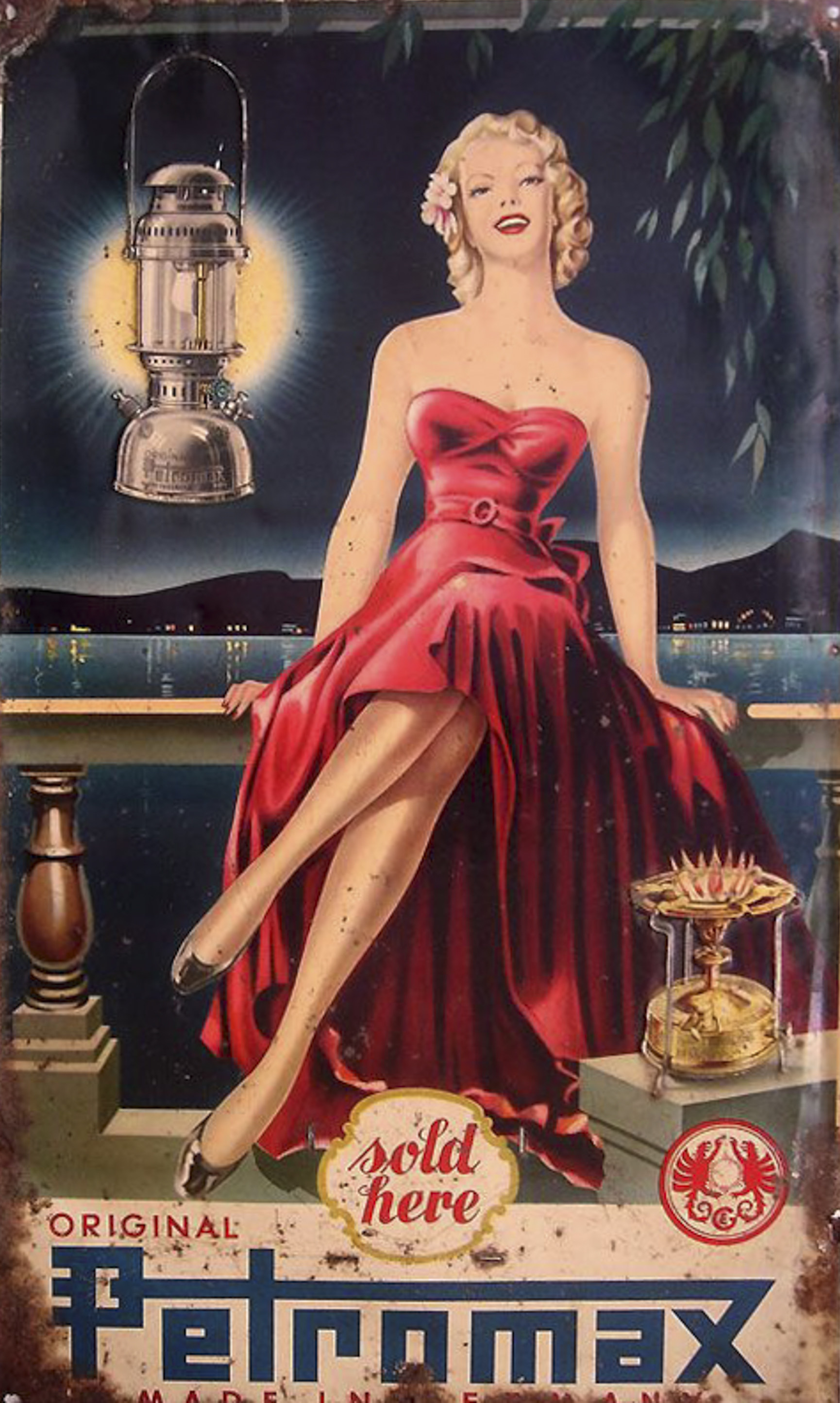
How pressure lamps once lit up Asia, and still shine a bright light on camping and fishing trips
- Before electricity became widespread, kerosene pressure lamps, invented in the mid-19th century, were common in Asia. Petromax and Tilley were well-known brands
- The introduction of mains electricity may have changed things, but pressure lamps remain popular for camping and fishing
With their distinctive steady hiss and dazzlingly bright incandescent light, metal pressure lamps were once a common feature of nighttime life across Asia.
Like many other everyday necessities that once seemed destined for obsolescence owing to the widespread introduction of electricity, pressure lamp usage dramatically declined, yet never disappeared.
For camping, fishing and other outdoor activities, these reliable all-weather essentials remain standard equipment across the globe.
An early prototype pressure lamp was invented in 1853; improvements over succeeding decades created the version still in use today.

The technology is simple; a piston-operated hand pump pressurises air, which forces liquid fuel – usually kerosene – from a chamber at the lamp’s base into a gas chamber, which is then piped under pressure to a finely woven mantle made from cotton or asbestos. Lit when saturated, an intense incandescence is created.
Pressure lamps are extremely economical; liquid fuel lasts longer, and generates more light, than other lamps. Polished brass, stainless steel or enamel reflectors fitted on top concentrated light downwards when the lamp was hung, which further maximised brightness dispersal.
How airline uniforms evolved through the decades – what’s changed and why
Reflectors also deflected flying insects and moths attracted by bright light; should these get inside the glass cover shield, a final death flutter could cause the mantle to explode.
Practical and long-lasting, pressure lamps remain in good working order for decades with simple periodic maintenance of the pump chamber, piston and valves, along with routine replacement of perishable items.
As with spare parts for other low-technology manufactures such as bicycles, treadle sewing machines and pressure cookers, inexpensive replacement rubber gaskets, seals, valves and mantles were readily available in any sizeable village shop from India to Japan.
From the late 19th century, widespread introduction of inexpensive kerosene across Asia greatly aided their popularity.
Standard Vacuum Oil Company, the American petroleum conglomerate later known as Esso (derived from the firm’s initials – S.O.) was the acknowledged market leader; the firm sold vast quantities of kerosene in the most remote villages through its advertising slogan, Oil for the Lamps of China.

During the interwar years, various shrewd marketing initiatives boosted both consumption and the company’s profile. Mei Foo (“beautiful companion”), a low-consumption lamp with a few candlepower’s worth of light, was given away free with a kerosene purchase. Inexpensive pressure lamps were also available, after consumer confidence was established.
American-made, high-quality Petromax pressure lamps were a preferred brand; like most things American across Asia – then and now – an original Petromax was a coveted status marker for those who owned them, especially when directly bought from the United States via a Montgomery Ward or Sears, Roebuck mail-order catalogue.
Petromax are still manufactured in India, which – along with sub-Saharan Africa – remains the world’s largest market.
British products were known generically as Coleman lamps or Tilley lamps, after their respective manufacturers. Swedish-produced Optimus or Primus brands were also popular; kerosene-fuelled portable cookers, which used similar technology, were also marketed under the Primus label.
When a Hong Kong night-soil collector was accused of murdering two priests
Asian-made pressure lamps, such as the China-manufactured Butterfly brand, were significantly lower-priced, with little appreciable overall quality difference.
In remote villages across Asia before mains electricity became widespread from the 1950s, pressure lamps remained universal in domestic or commercial settings. Maritime use, however, remained commonplace.
For this purpose, they are still extensively used from Sai Kung to Lamma; various brands of pressure lamps and their spare parts continue to be sold in fishing shops across Hong Kong.

